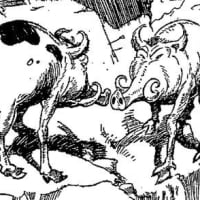Jay Buhner hits for the cycle

Comments
-
No Mariner has ever hit for the cycle at Safeco (or whatever it's called). #faggywink
-
Put astroturf in the power alleys at Safeco. That would do wonders for more extra base hits.
-
Outfield too small already (with no weird angles or alcoves), and people want to move the fences in even further.
-
Double post with the first article that came up:
Measurements, in feet (L-R, dead center in bold): 331, 378, 401, 381, 326
Seattle’s ballpark used to be one of the most pitcher-friendly in baseball. Specifically, a cavernous left-centerfield power alley allowed more doubles (and way more triples) to righthanded batters than to lefties. But the Mariners moved in the fences in that part of the park by up to 17 feet before the 2013 season, which has produced more homers, even though T-Mobile remains a pitcher’s park. Left-center is still roomier than right-center, though, and so righties still pick up significantly more triples.
-
Obligatory…


